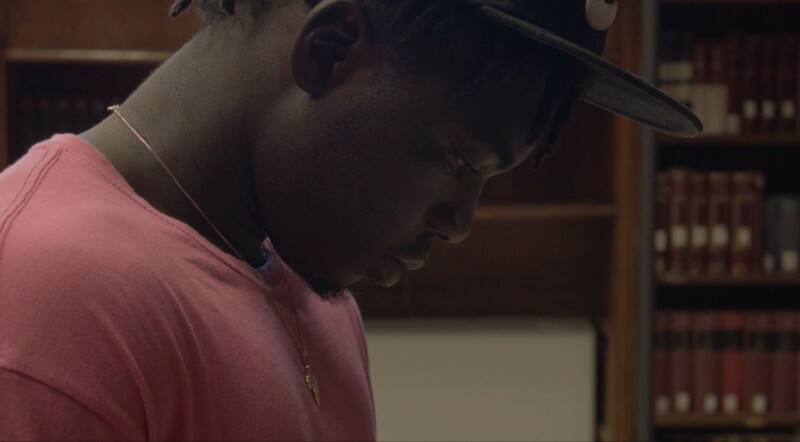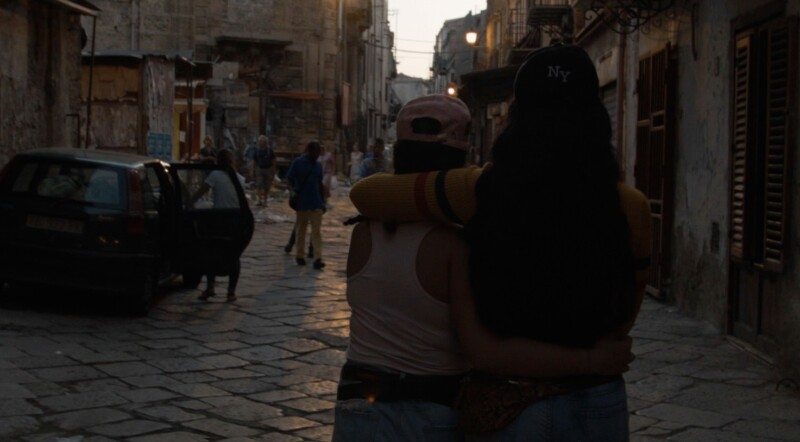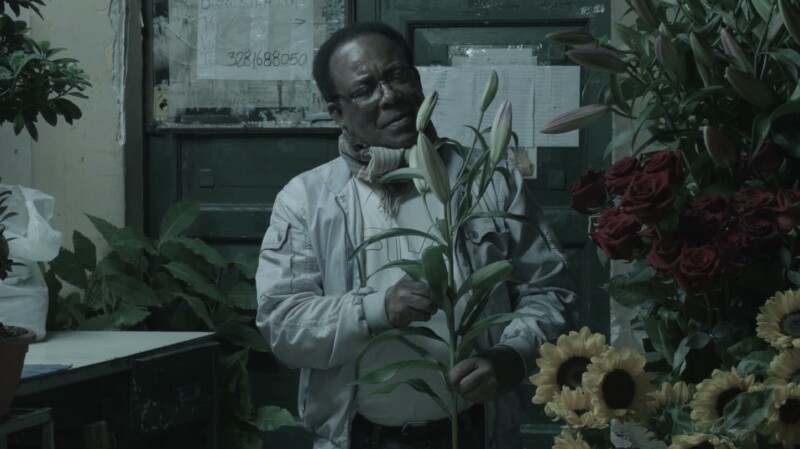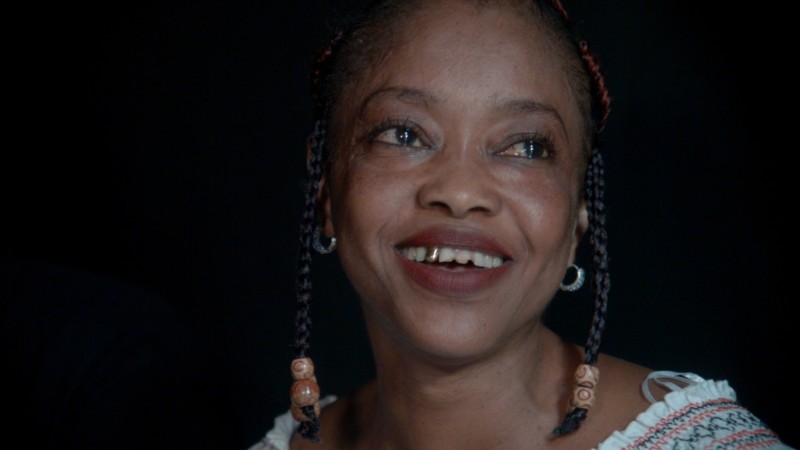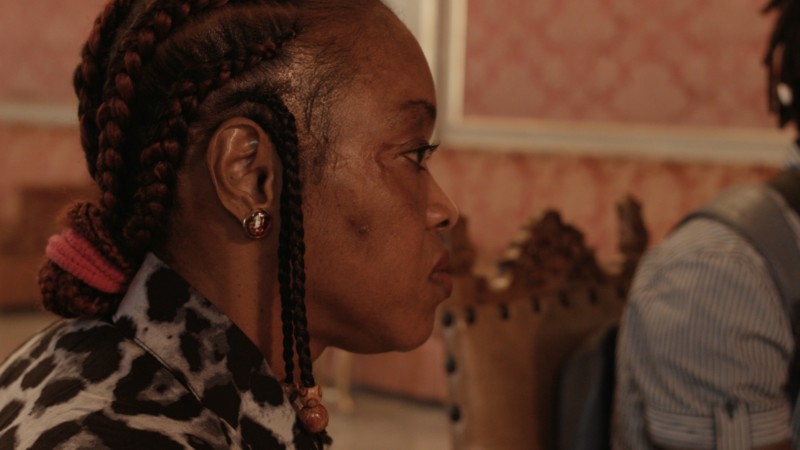With the issuing of the New York Declaration for Refugees and Migrants of September 2016, the importance of locations of arrival for refugees has been highlighted and local solutions and opportunities has been strengthened.
“We commit to supporting host countries and communities in this regard, including by using locally available knowledge and capacities. We will support community-based development programmes that benefit both refugees and host communities.”
The 21st Century as a Century of Cities
The 20th century is often referred to as the “Century of Refugees” or the “Century of Expulsions.” Indeed, different forms of forced migrations have reached an unprecedented level. The beginning of the 21st century has so far been characterized as a continuance of the former century heralding a new century of refugees. It is to be analyzed with each selected city to what extent cities in the new century can play a role in resisting and redefining the terms of dealing with migrants. Lines of continuity and rupture to the role of the city in the 20th century will be traced as well, since also in the past “century of refugees” it were especially urban centers which became (perhaps temporary) places of refuge and new beginning.
The Local Turn
Since the summer 2015, the crisis in EU migration and asylum policy in the face of the issue of the accommodation and distribution of refugees has led to a strengthening of local solutions. The so-called “local turn” has made inroads into societies’ confrontation with immigration and social participation. The local level or the city increasingly become a space of solution for political dead ends of the nation-states. More and more cities worldwide are declaring themselves within these developments as cities of refuge or accommodation.
City as a Safe Haven
A clear definition of the concept of “city of refuge” is impossible because both an expression of solidarity and practice are linked in ways which are not always tied to concrete conditions. Not all urban communities enjoy the same scope for action but are rather subject to varying degrees of restrictions by their nation-states. Furthermore, there are urban spaces in which practices are carried out that are similar to those of the declared “Sanctuary Cities,” but they themselves do not described themselves as cities of refuge.
In today’s discussion there are many different names for these cities and towns – from “Cities of Refuge,” “Città di accoglienza” to “Solidarity Cities,” “Welcome Cities” or “Safe havens.” The cities try to stay within their ability to oppose the national government and to provide shelter. The goal is to find new solutions in order to create a possible legal spaces for the local refugees by either proactively opposing the dictates of the nation-state or creatively reformulating it.
Sanctuary cities are an innovative urban response to exclusionary national policies.
This usually involves working with their respective national governments to reduce cases of illegal immigration and the lack of residence permits, and to create opportunities to take refuge within the city’s limits. There are four aspects that characterize a city of refuge (Bauder et al., 2018):
(1) Legality, e.g. the official commitment of an urban legislative body to support refuge policies and practices;
(2) Discourse, e.g. to challenge exclusivist narratives that portray migrants and refugees as criminal and unworthy;
(3) Identity, e.g. the formation of collective identities that have a unified membership and express an urban community;
(4) Scale, e.g. the rejection of national migration and refugee legislation and the implementation of policies and practices of belonging.
These four aspects come together in numerous ways in different contexts. Nevertheless, they can serve as a working definition of a city of refuge.
A Question of Perspective
To look at a city of refuge from the point of view of a refugee opens up a perspective that is linked to the strategies and hopes of human beings, who are, or have been, connected to that respective city. Although Vilnius – the capital of a Polish ‘voivodeship’ until October 1939, and until June 1940, the capital of the Lithuanian Soviet Socialist Republic – was certainly not seen as a “sanctuary city,” it provided for Polish Jewish refugees for a certain period of time a safe haven par excellence. International Jewish organizations and self-organizations by refugees met urban initiatives, which offered refugees a safe haven.
Urban sanctuary communities are changing the discourses of migration and belonging and are reimagining the city as an inclusive space.
This haven was used by many for their onward journey in one way or the other. But due to the Jewish infrastructure which had been woven within the city for centuries, Vilnius also provided new beginnings for many, and the basis to resume one’s cultural life. That these hopes were brutally shattered by Nazi Germany shouldn’t mean that history should be read backwards and to disqualify Vilnius as a sanctuary city for Jewish refugees, even if temporary.
Nowadays, Palermo defines itself as the city of accommodation and thus signals a readiness to open up and allow for the participation of all people beyond refuge:
“There are no migrants; anyone who arrives in Palermo becomes a Palermitan.”
